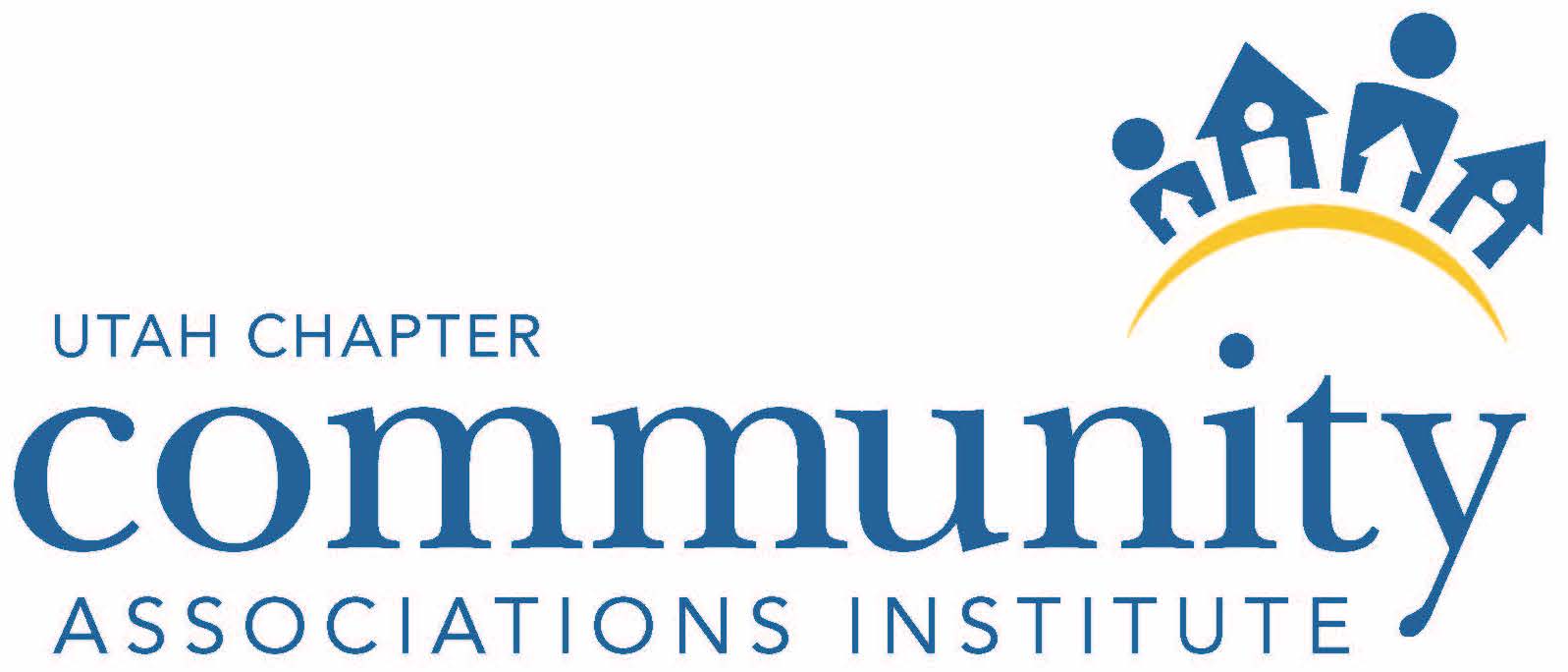Key Components to Borrowing: What to Know about Bank Loans
By: Andrew Vera
Vice President, Business Development, Association Banking, American Momentum Bank
In a perfect world, associations could budget for and have the funds available to cover all expenses.
Natural disasters would never cause damage that exceeds the cost of what’s available in the association’s reserves. Pool pumps and fire sprinkler systems would never need to be replaced earlier than planned. Capital improvement projects, like installing new roofs and replacing windows, would never go over budget. Insurance costs would never significantly increase from one year to the next.
Unfortunately, we don’t live in a perfect world. These types of unexpected expenses can and do arise.
This means that associations will face situations where, for various reasons, they don’t have or can’t access operating or reserve funds to cover over-budget or surprise projects. That’s when borrowing money may be a good option.
If your association has decided to pursue a bank loan, the following insights and tips can help you best prepare.
Common Questions about Loans for Associations
When our team talks to association board members, we often get the following questions about loans:
What’s the difference between a line of credit and a term loan?
A line of credit for an association is similar to owning a credit card as an individual. If an association is approved for a line of credit, there is a maximum credit limit that the association can draw from as needed.
Typically, this is ideal for managing short-term cash flow issues or smaller unexpected expenses. Interest rates are often variable and can fluctuate based on market conditions, and the duration is usually short-term or renewable annually.
Meanwhile, a term loan provides a lump sum upfront for a specific purpose or project. It’s suitable for defined, large-scale projects like major renovations, repairs or improvements. Interest rates are usually fixed, making budgeting predictable, and the duration is typically longer, such as from five to 20 years for repayment installments.
Will I need to personally guarantee a term loan for the association?
No; the association is wholly responsible for the loan, and board members are not required to personally guarantee a loan for the association.
We have heard of other banks asking board members to personally guarantee association loans, and that is absolutely unnecessary. This is a good example of why it’s beneficial to work with a bank that specializes in working with associations and understands the ins and outs of the industry and its requirements. Similarly, board members also do not need to personally guarantee a line of credit for the association.
What should I do before approaching a bank about a loan?
Before applying for a bank loan, check the association’s governing documents for any guidelines about pursuing a loan, such as first consulting with an attorney, having a board meeting or getting input or a vote from homeowners.
Also, have a basic understanding of loan repayment options and amounts, to ensure the association and homeowners can withstand an increase to the budget and/or special assessments to make payments on a term loan.
Loan Underwriting Basics
If a bank loan makes sense for your community, your banker, who may be working on your behalf through your property management company, will collect financial information on the association. This may include, but is not limited to:
- The past three years’ tax returns
- Audited financial statements
- Current debt schedule, if applicable
- Year-to-date budget
- Proposed budget reflecting increase for loan repayment and current delinquency report
- Current financial statement
- Current delinquency report
- Insurance policies covering the property
After this information is compiled, your banker will construct a credit memo detailing the loan requirements and recommendation for the underwriting department. The bank’s credit officer then has all the information needed to review your association’s loan application.
What Banks Like to See in Loan Applications
A bank will review and assess several aspects of your association when considering your loan application. The following factors can play in your favor – or against it:
- Fully Completed Paperwork – This may seem like a silly suggestion, but we often see applications with missing information. Fill out all paperwork completely before submitting it to the bank; otherwise, your application will get delayed until the bank receives all the details.
- Adequate Reserves – Banks will want to know whether your reserves are healthy. Has your association recently borrowed from reserves and, if so, have those funds been replaced or budgeted to be replaced? And are there adequate reserves for future projects?
- Consistent Assessment Payment History – Banks like to see that your owners are consistent with assessment payments and that delinquencies are under 5%, ideally.
- Low Percentage of Investor-Owned Units – Communities with a high percentage of investor-owned units may have difficulties securing a loan. This is an issue because, for example, if your community has 100 units and 40 are owned by one investor and that investor goes under, that investor could take the property down with it.
- Favorable Repayment Capacity – Banks will take a close look at the likelihood that your association will be able to repay the loan. One area the bank will review is whether or not it’s feasible for your association to increase the budget and special assessments to cover loan payments.
For example, an association with no reserves seeking a $1 million bank loan would need to substantially increase assessments to owners. Even if the budget increase passes a board vote, the bank could decline the loan application if it thinks the assessment increase is too high to realistically collect on or may cause a spike in delinquencies.
Also, banks may be less willing to approve a loan following natural disasters, depending on the circumstances. For example, a community with units valued at $125,000 per unit seeking a $25 million loan to repair roofs following a devastating storm may have a hard time securing a loan. A bank could anticipate that unit owners may walk away from their damaged units, therefore decreasing the amount in assessments the association could collect and put toward repaying the loan.
Benefits of Association Banking Specialists
If you’ve made the decision to borrow money, it’s important to find the right bank. Some banks, such as American Momentum Bank, specialize in association banking. Because these banks better understand an association’s budgeting process, financial position and other variables specific to associations, they tend to be less conservative than other banks.
Banks that specialize in association banking can be particularly helpful for associations that may not be able to meet all the suggestions listed above.
For example, even though banks typically like to see a low percentage of investor-owned units, institutions with association banking experts may be willing to take a closer look at the details during underwriting, such as how many investors are involved. The bank may look more favorably on a community that has 40 units owned by 35 different investors than 40 units owned by one investor.
Similarly, these banks also may be more willing to work with communities with delinquency rates over 5%, if the other numbers look good.
Note that many association-friendly banks may require an existing banking relationship before considering a loan application.
When the real world presents financial challenges that your association didn’t plan for, the above insights should help prepare you for understanding and pursuing a bank loan.
Andrew Vera is Vice President, Business Development, Association Banking at American Momentum Bank. He can be reached at avera@americanmomentum.bank



